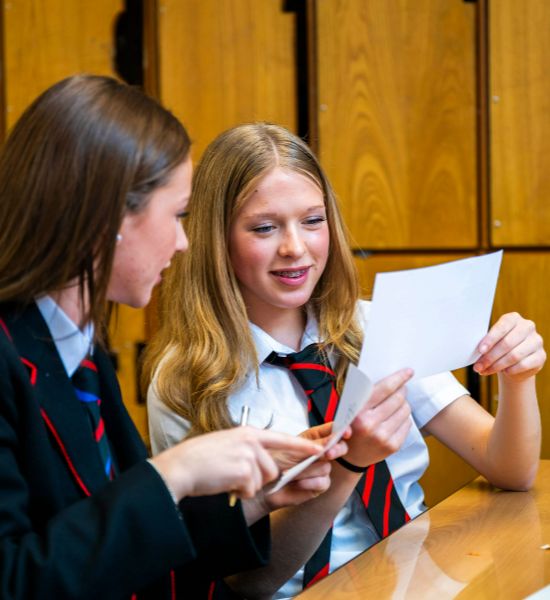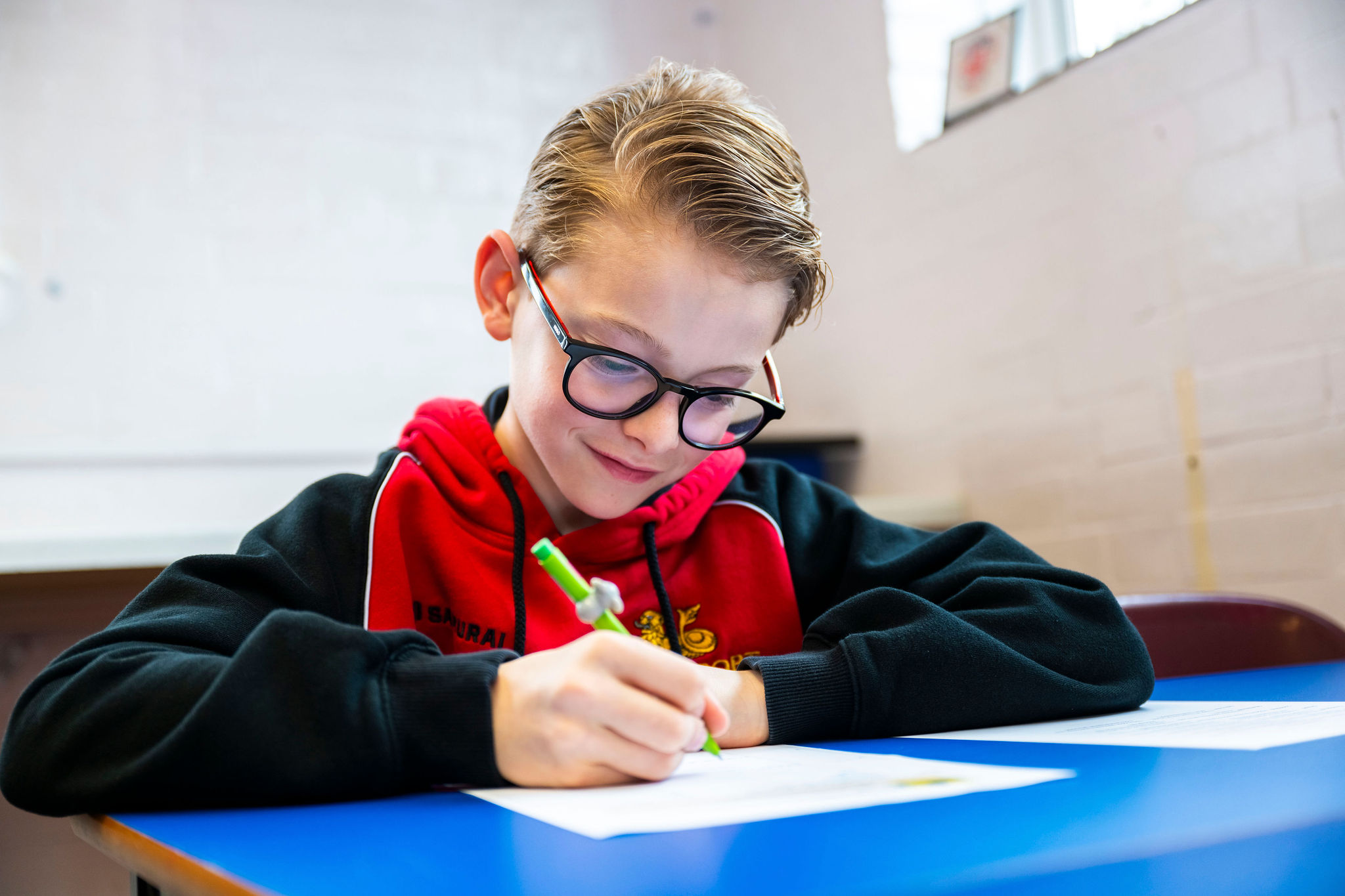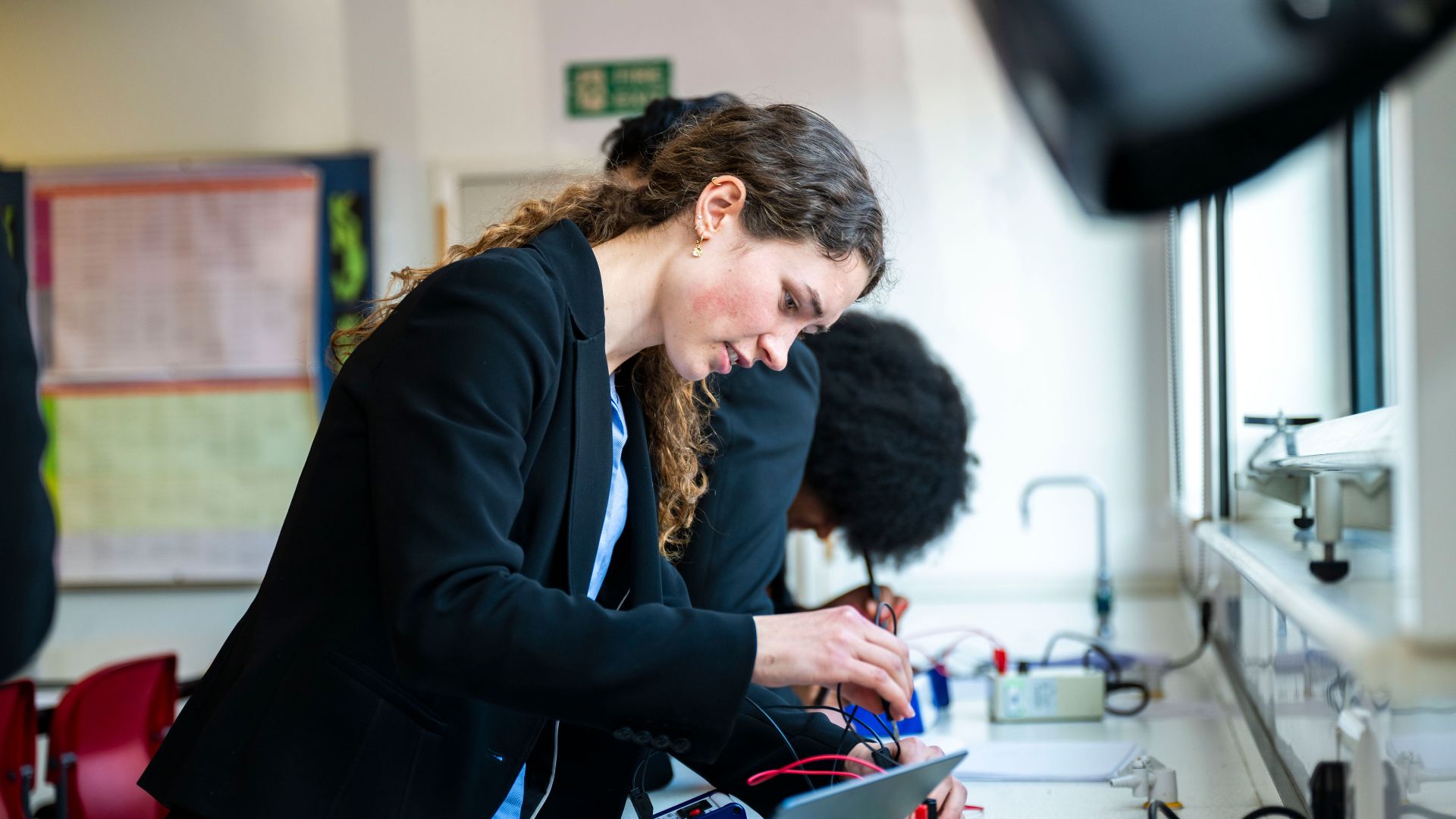The rich history of Portsmouth Grammar School is a testament to our legacy of academic excellence and community spirit.
A Legacy of Learning: The Story of Portsmouth Grammar School
Founded in 1732 by Dr. William Smith, the school has stood as a beacon of learning in the heart of Portsmouth for nearly three centuries. With a commitment to nurturing young minds and instilling our values of curiosity, creativity, commitment, courage, compassion and collaboration. The Portsmouth Grammar School has evolved into a distinguished institution renowned for our academic prowess and inclusive ethos.
Our timeline offers a journey through key moments in the school's history, highlighting milestones that have shaped us as an institution. At the forefront of this timeline stands Dr. William Smith, whose visionary leadership and dedication to education laid the foundation for the school's inception. His unwavering commitment to providing quality education to the youth of Portsmouth set the stage for generations of students to come.
One pivotal moment featured in the timeline is Dr. Smith's signature and seal, which solidified his dying wish of creating a grammar school in Portsmouth. Another significant milestone commemorated in the timeline is the enrolment of our first female student, Tracey Villar. Tracey's enrolment marked a watershed moment in the school's history, signalling its dedication to inclusivity and equality. Her courage and determination paved the way for future generations of female students to thrive and excel in the halls of The Portsmouth Grammar School.
As the timeline unfolds, it reveals a tapestry of events, each contributing to the rich tapestry of The Portsmouth Grammar School's history. From academic achievements to cultural milestones, the timeline celebrates the diverse array of moments that have shaped the school's identity and fostered a sense of pride among its community.
From our beginnings to present-day status as a leading educational institution, the school's history serves as a testament to the enduring power of knowledge and the transformative impact of education.
Where It All Began: A Timeline of The History of PGS
1700s
1717 A Grammar School in Portsmouth
At the Portsmouth Quarter Sessions, the Grand Jury noted with regret “what a misfortune the Town is in generall under for want of a Grammar Schoole"
1732 The Founder: Dr William Smith
Dr William Smith, former Mayor of Portsmouth and physician to its garrison, died. His dying wish was that the Dean and Canons of Christ Church, Oxford would use his gift of land to establish a grammar school in the town.
1753 The First Portsmouth Grammar School
The newly built Portsmouth Grammar School opens its doors in Penny Street under the headship of the Reverend John Evans.
1800s
1805 19th Century Schoolboys at Play
The Grammar School was educating “the children of almost every respectable person in Portsmouth, 70 or 80 boys, many of whom became men of repute in law, physic and other liberal professions”
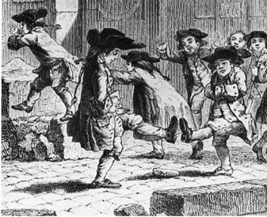
1811 Foundation (free) Scholars
A group of Portsea solicitors initiated a case that argued that Dr William Smith's intention was that his school should offer some free places. Christ Church contested the matter in a long suit which was only settled by a Decree in Chancery in 1823 when the school was directed to educate 50 free scholars, though this was later reduced to 20.
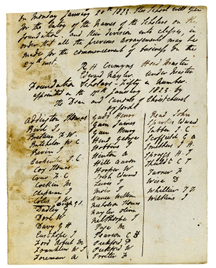
1818 St George’s Church
The poor condition of the Penny Street school forced it temporary relocation to the vestry of St George’s Church for four years.
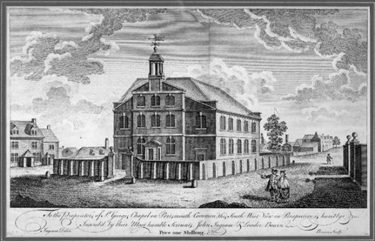
1863 The Cadet Corps
The school’s first cadet contingent was formed, which was part of the 5th Hampshire Volunteers.
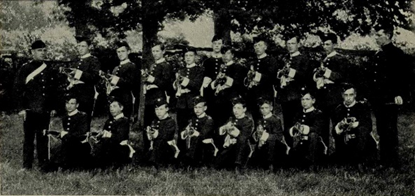
1871 The School Closes
The Penny Street area had become run down, and newly developed Southsea was now the fashionable place to be. A slow decline led to the school having no pupils, and it closed in 1871.
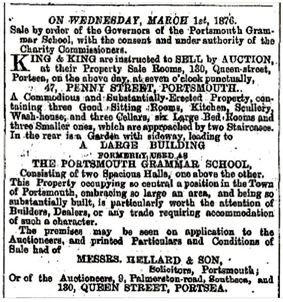
1879 The Victorian School
The Victorian grammar school was re-founded in 1879, largely due to the energy and passion of the Vicar of Portsmouth, Canon Edward Grant. The site of the recently demolished Town Bastion was bought from the War Office, and a new school was built for up to 250 scholars. It offered a broader curriculum more suited to an industrial and technological age.
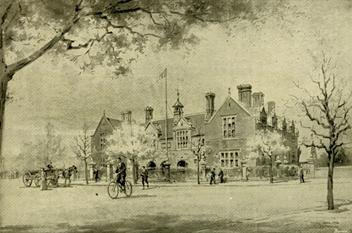
1883 Portsmuthian Magazine
The school magazine, The Portsmuthian, was launched, later renamed the Portmuthian.
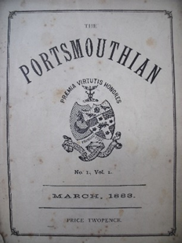
1885 Hilsea Playing Field
Hilsea Playing Field, which was owned by the War Office, became available for the school to use.
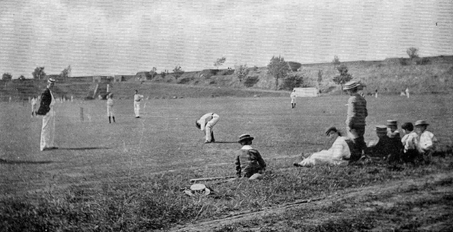
1900s
1912 The House System
The house system was introduced to promote participation in sport and esprit de corps.
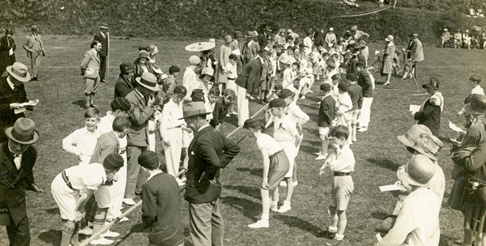
1918 Higher Demand
With the growth in the role of Portsmouth during the First World War as a naval port, dockyard and garrison town, the demand for school places increased and science and technical education became an increasingly important part of the school curriculum. However, it was clear that the Victorian School was not large enough to meet this burgeoning demand.

1927 The Opening of the New School
The officers’ block of the Cambridge Barracks and Hilsea Playing Field which had been bought from the War Office was opened by the Home Secretary and visited by the Duke of Wales the following year. A further eight acres of land at Hilsea were acquired in 1931.
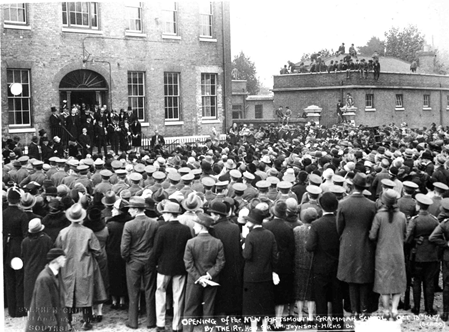
1930 Broadening Horizons
Following the acquisition of the former officers’ block of Cambridge Barracks and the Hilsea Playing Fields, a wide range of clubs and societies, visits and cultural activities was introduced, broadening pupils’ horizons.
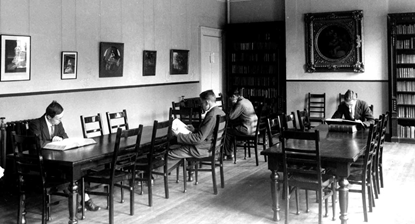
1939 Pupils Were Evacuated
Just before the outbreak of war, pupils were evacuated to Winchester and then relocated to Southbourne. The school site was commandeered by the Royal Navy and Hilsea was occupied by all armed services at different times.

1945 Post-War Optimism
The war-damaged school was restored and improved and, amid post-war optimism, became a Direct Grant School, remaining independent of the local authority and under the exclusive control of its governors.
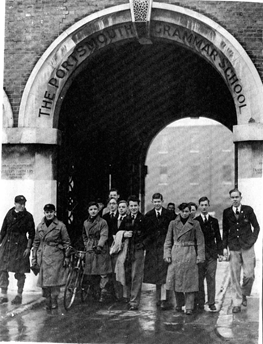
1947 Rugby
Rugby was reintroduced as the winter game in the Senior School, displacing football, which had been played since the 1880s.
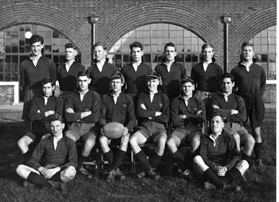
1950 The School Dramatic Society
The School Dramatic Society thrived and the foundations of the school’s strong musical foundations were laid. O and A Levels replaced the School and High School Certificates in 1951, and steps were taken to ensure that pupils did not specialise too soon but continued to receive a rounded education.

1957 Science Block
A new science wing was completed to accommodate 60% of sixth formers who were studying science subjects.
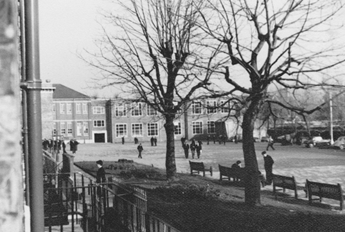
1960-1964 Additional Land and Buildings
By the early 1960s, the school had around 950 pupils, and the number of university entrants more than doubled. Additional land and buildings adjacent to the existing school buildings were acquired, and a multi-purpose hall was completed in 1964.
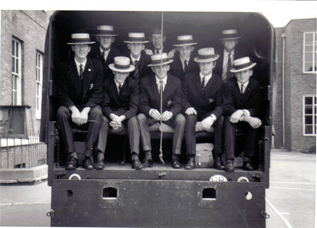
1976 The First Girl
With the removal of the Direct Grant, the school became independent in September 1976. In the same year, the governors accepted the principle of co-education and the first girl was admitted to the sixth form.

1980-1989 The Sports Hall
A new music school and sports hall were built, and an extensive renovation programme was undertaken. The status of the arts and academic results improved.
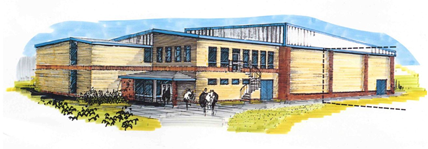
1990-1995 Full Co-Education
The David Russell Theatre was completed in 1990, the Fawcett Pavilion opened at Hilsea in 1992, and a Sixth Form Centre was built in 1995. By 1995, the principle of full co-education had been fully embraced with girls in every year of the school.
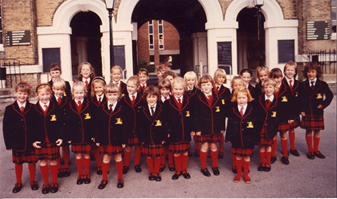
1999 The Portsmouth Festivities
Partnerships with the local council and many local organisations and businesses were established with the creation of the Portsmouth Festivities, the annual summer programme of music, art and talks that celebrate the history of the city and offer people of all ages an opportunity to engage with cultural events.
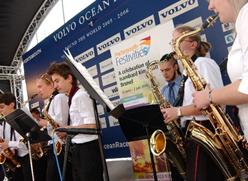
2000s
2000 Cambridge House
The acquisition of Cambridge House and Gatehouse in 2000 doubled the school’s teaching space and enabled the creation of the Nursery (Pre-School). Further improvements in the 2000s included the refurbishment of the library and the opening of the new David Russell Theatre and dining hall complex, the David Bawtree Building.

2010-2017 New Buildings
The state-of-the-art Bristow-Clavell Science Centre was opened in 2010, the Earl of Wessex opened a new Sixth Form Centre in 2014, and a new Health and Wellbeing Centre was built in 2017. The pastoral life of the school grew stronger, as did the relationship with the school’s alumni. New energy was put into bursary support with the launch of The William Smith Fund on Founder’s Day 2015 to create a source of vital non-fee income to help sustain our founder’s vision of providing a world-class education for the young people of Portsmouth and the surrounding area.
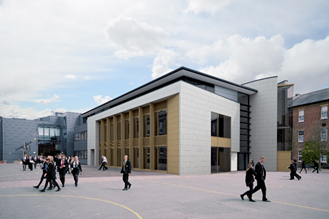
2018 Dr Anne Cotton
Dr Anne Cotton, the school’s first female Head, was appointed and, two years later, led the school through the Covid-19 pandemic when the school remained open and the vast majority of pupils were taught remotely.
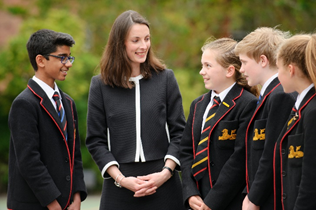
2023 Visit to China
Mr David Wickes became the first Head of the School to visit China, in an official capacity, to meet pupils who had applied to PGS for their Sixth Form studies.
2024 First Girls' Rugby Team
This year marked the establishment of the first-ever Girls’ Rugby team, showcasing the school’s commitment to inclusivity and collaboration with pupils to help define the future of the school.
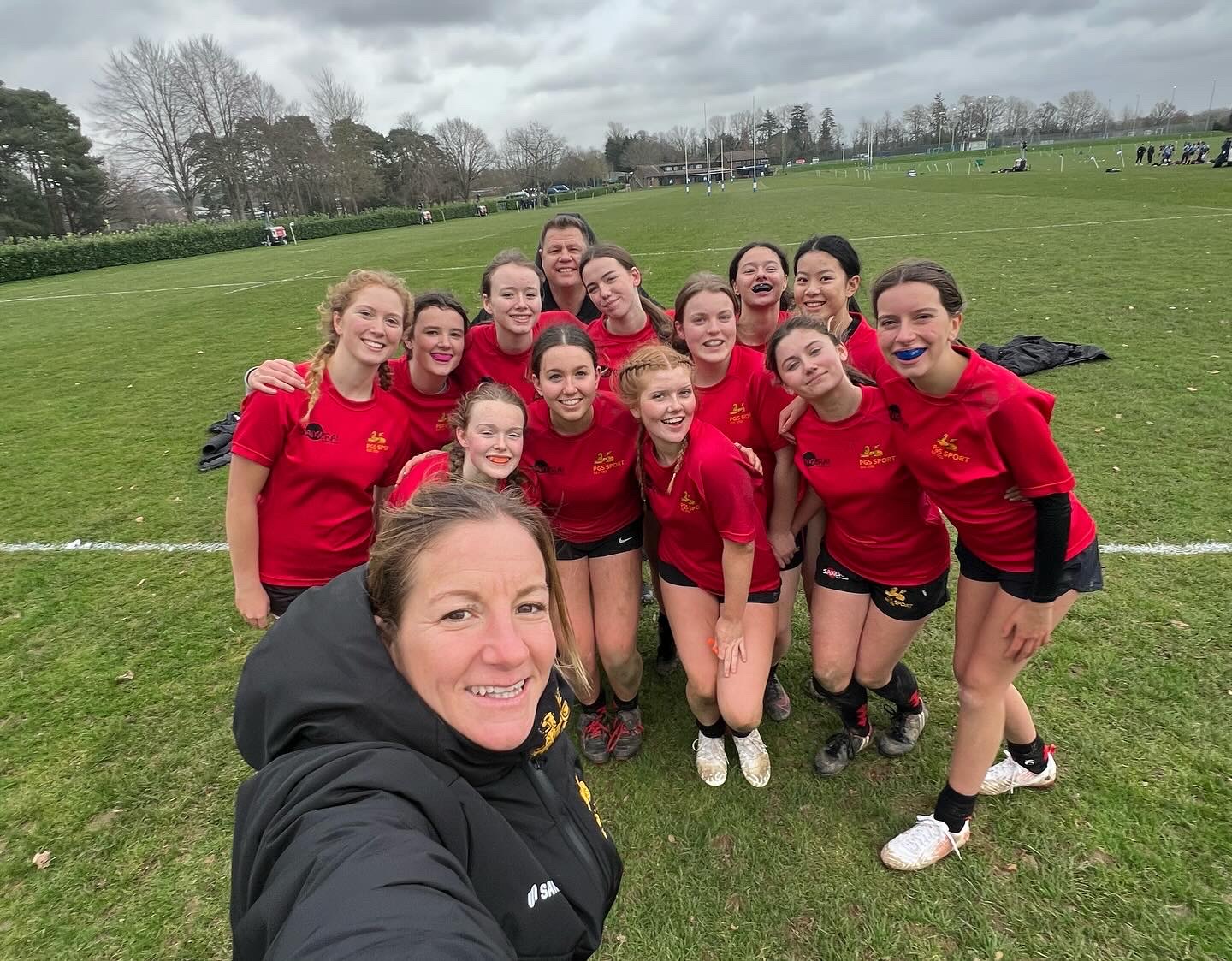
2025 PGS Celebrates the 10th Year Anniversary of the William Smith Fund
The William Smith Fund was launched to create a source of vital non-fee income to continue the vision of Dr William Smith, to provide access to excellent education for young people in Portsmouth and the surrounding area. Since the creation of the fund in 2015, the school has raised over £6 million and allowed over 450 pupils to enjoy our school.



